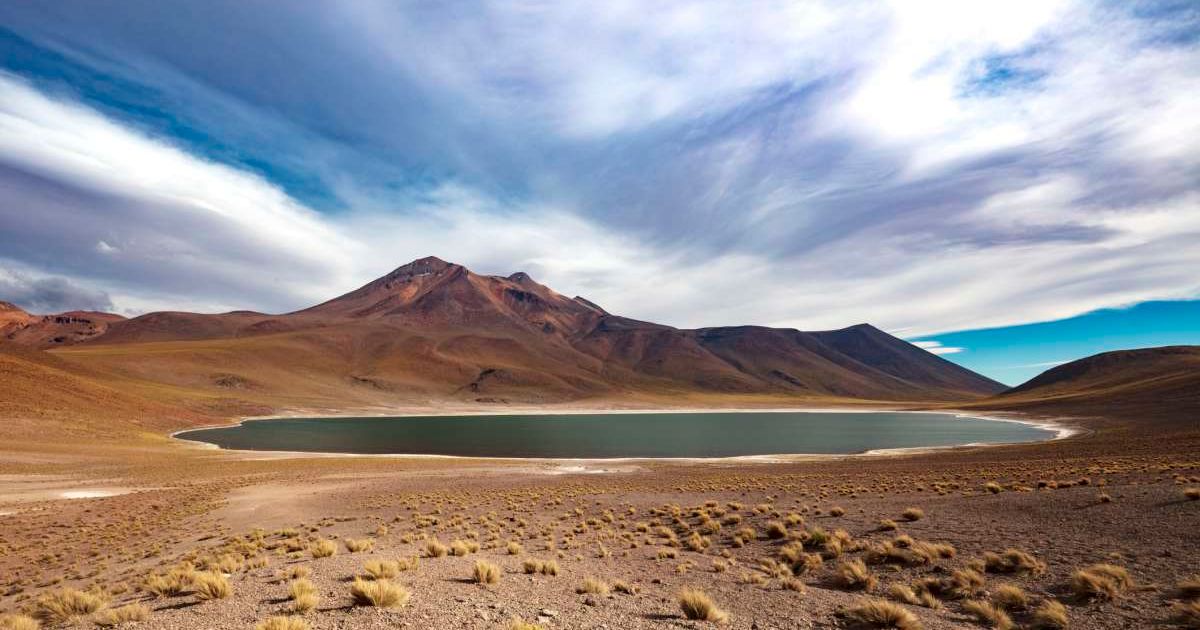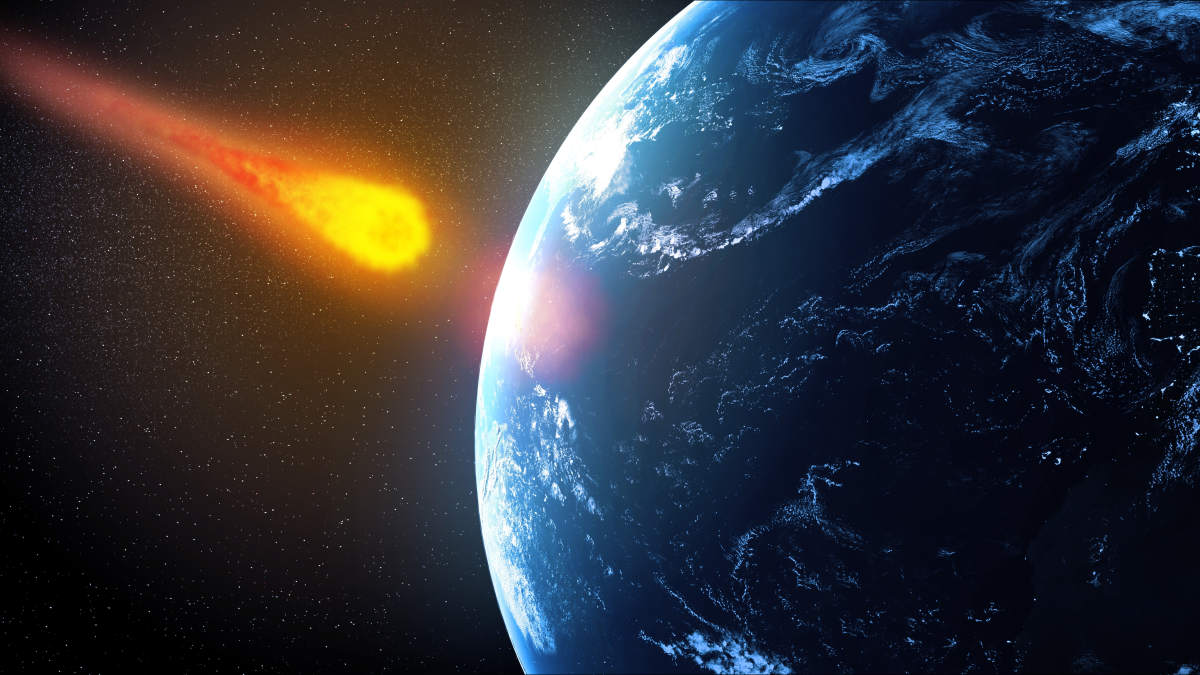How Did Water Arrive On Earth? Scientists Believe They Finally Have an Answer

Water is essential when it comes to life on Earth, but how exactly it formed on the planet remains a mystery. Past evaluations have proven that the initial days of Earth were too hot to retain ice. At first, many thought geological processes like volcanic eruptions could have resulted in the creation of water 4.5 billion years ago, according to The Conversation. However, after the 1990s, the popular opinion turned to extraterrestrial origins after examination of icy comets and asteroids. But what remains a mystery is their passage. A team of experts showed a model last year that provides this answer. The model's insights were published in the journal Astronomy & Astrophysics.

Comets are essentially a mixture of ice and rock, which are formed in distant regions of the solar system. These bodies get ejected towards the sun and form tails of gas and dust. Some of these fall on Earth and become meteorites. Another possible origin was speculated to be asteroids, present in the belt between Mars and Jupiter. These bodies have also fallen on Earth and become meteorites. Researchers investigated the proportion of heavy hydrogen (deuterium) to standard hydrogen in these meteorites and figured out that the composition of Earth's water was most closely exhibited by "carbonaceous" asteroids.

The study focuses on how these carbonaceous asteroids from the asteroid and Kuiper belts made their way into Earth and changed it forever. Prior studies have claimed that the pathway involved major conflict and impact, but this model takes a different approach. Researchers associated with the study assumed that these asteroids came out icy, from their protoplanetary disk (the place where they are formed). This disk was filled with hydrogen and covered the whole nascent planetary system. After some million years, the disk dissipated, causing the asteroids formed by it to start heating up. This forced the ice on the asteroid to melt or sublimate. In space, where pressure is negligible, the sublimation led to water sustaining in vapor form.
This water vapor then attached itself to the asteroid belt orbiting the sun and became disks, as per the model. Several dynamic processes then caused the gas disks to spread inward toward the sun. As the gas spread inwards, it interacted with inner planets like Mars, Venus, and Earth, which captured the water from it through gravitational pull. Researchers estimate that the phenomenon took place around 20 to 30 million years after the sun’s formation. While the other planets failed to maintain the captured water, in the case of Earth, a protective mechanism ensured that the total mass of water remained relatively constant.
The model aligns with all the available readings regarding the quantity of water on Earth. It accounts for the water required to form lakes and rivers, as well as the water present in Earth’s mantle. Furthermore, the model is also able to account for the water present on other planets and bodies like the moon. Insights from the ALMA telescope, Hayabusa 2, and OSIRIS-REx missions, as well as numerical simulations, helped researchers in creating the framework of this model. The team is now looking forward to further verifying their model by detecting gas disks through the ALMA telescope.
MORE ON GREEN MATTERS
Photographer Spots Orange Leaves in the Waters of an Australian Bay — Then, They Start Moving
Does Bottled Water Go Bad or Expire? Here’s Everything You Need to Know
Authorities Warn Millions of Americans To Stay 'Out of The Water' Amid Hurricane Erin Fears